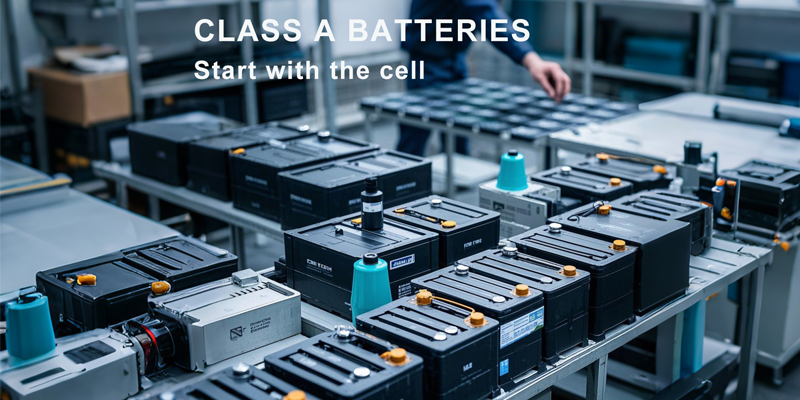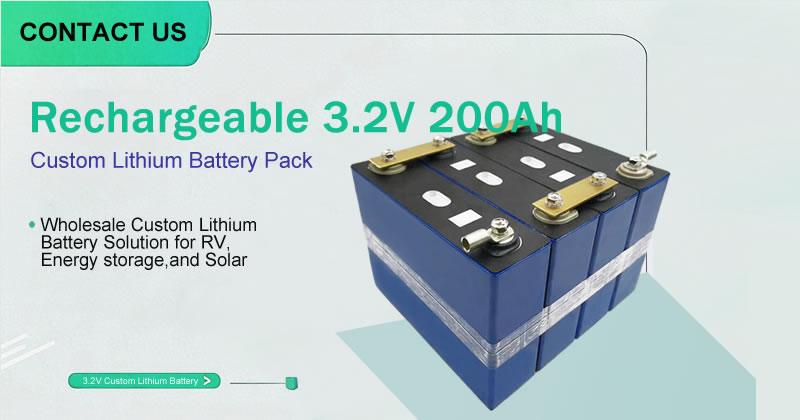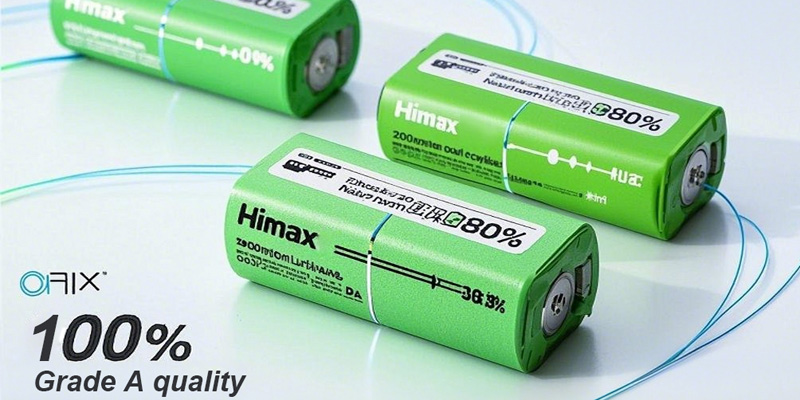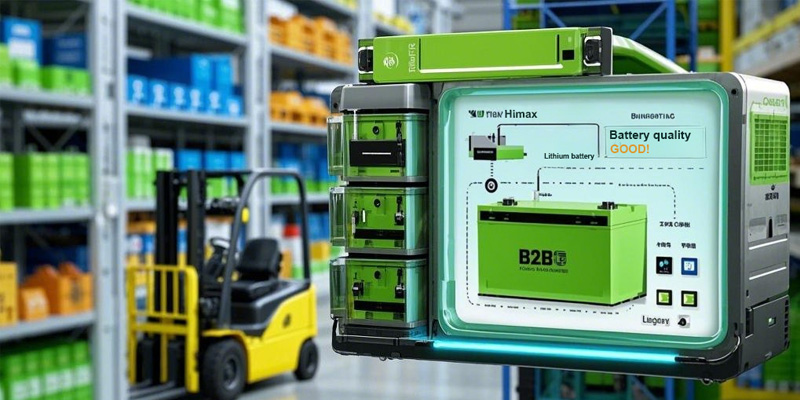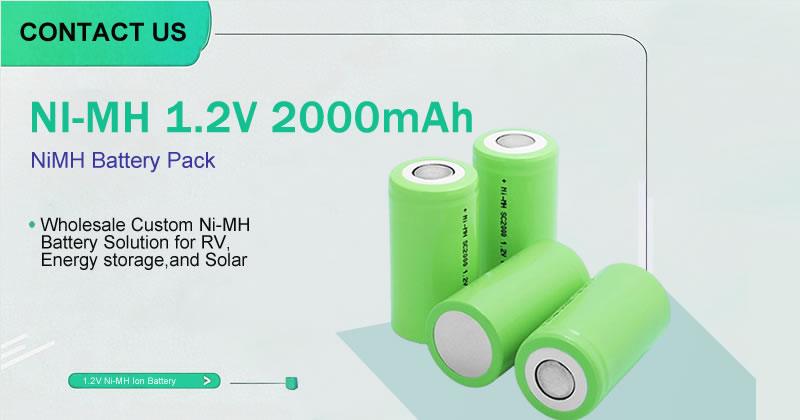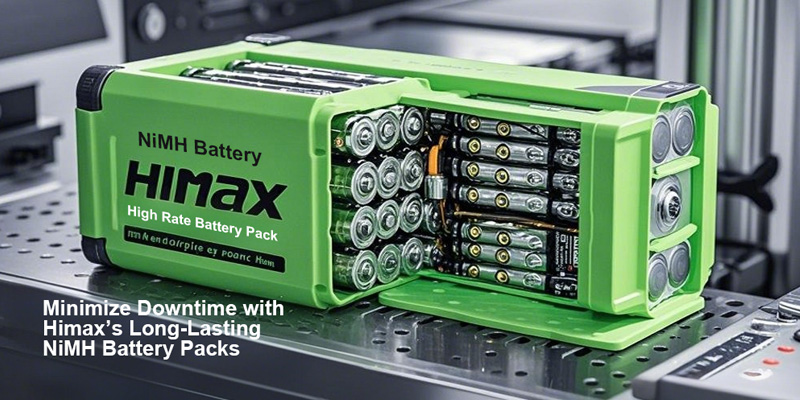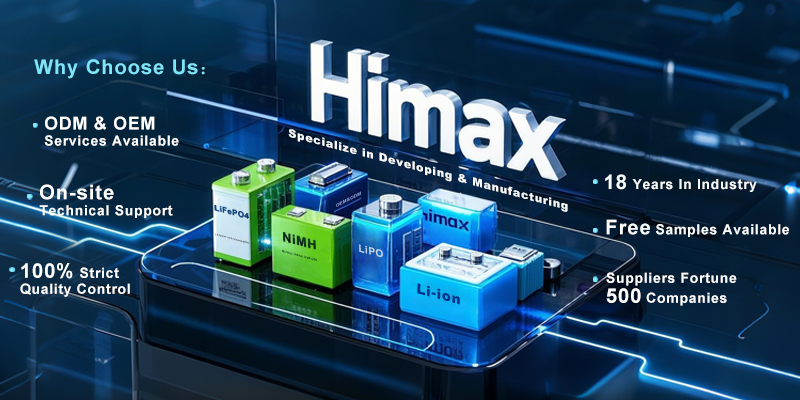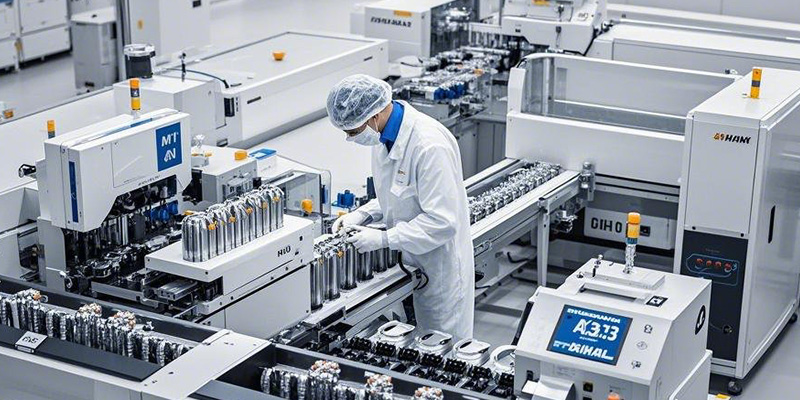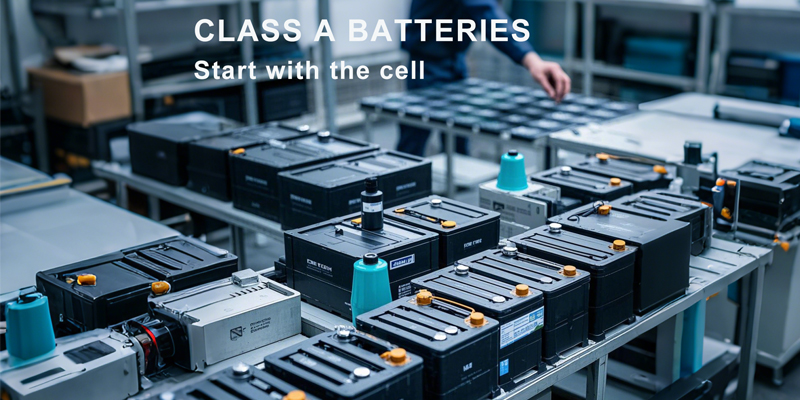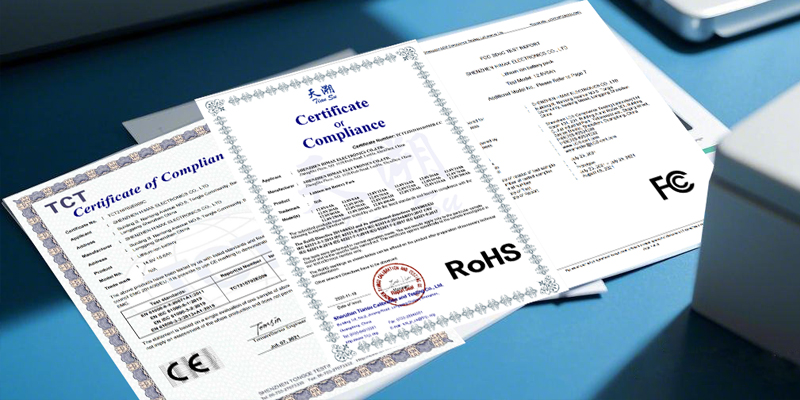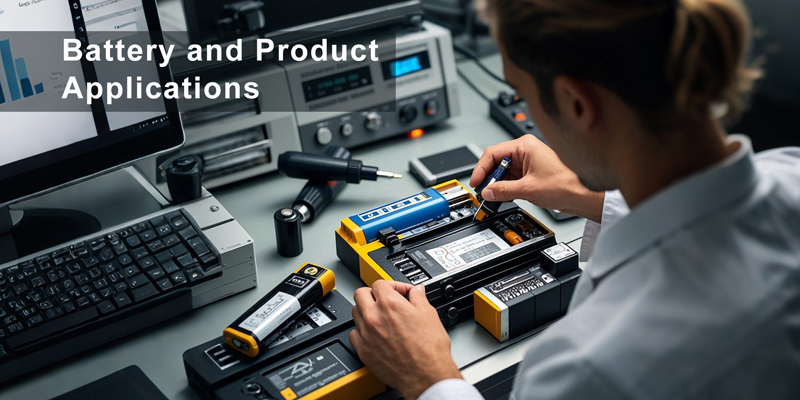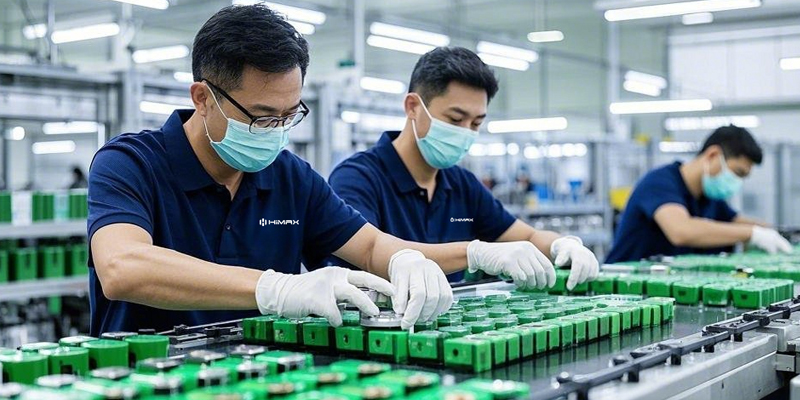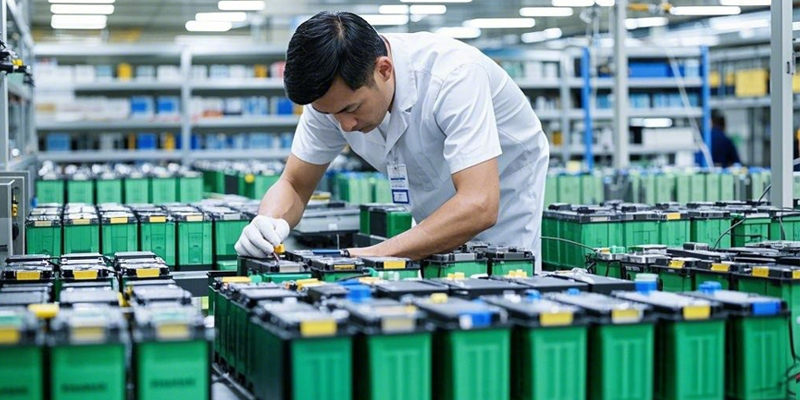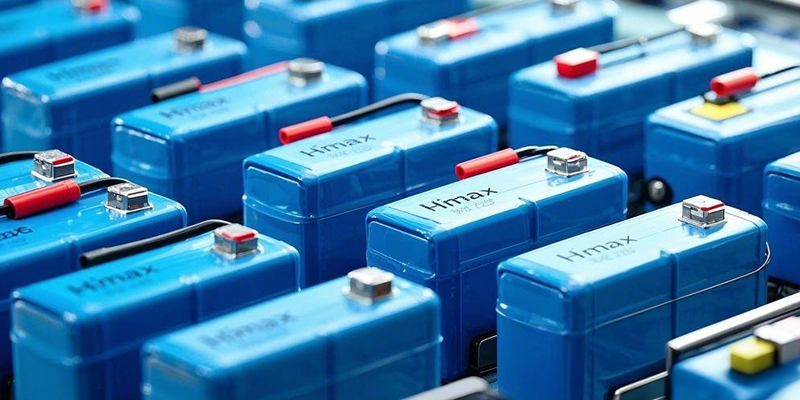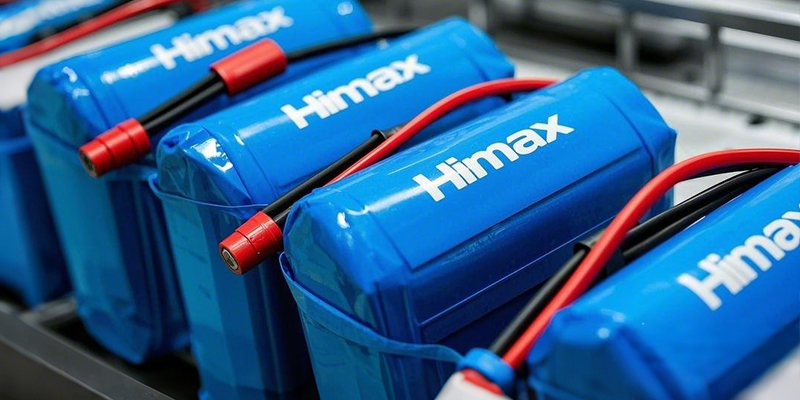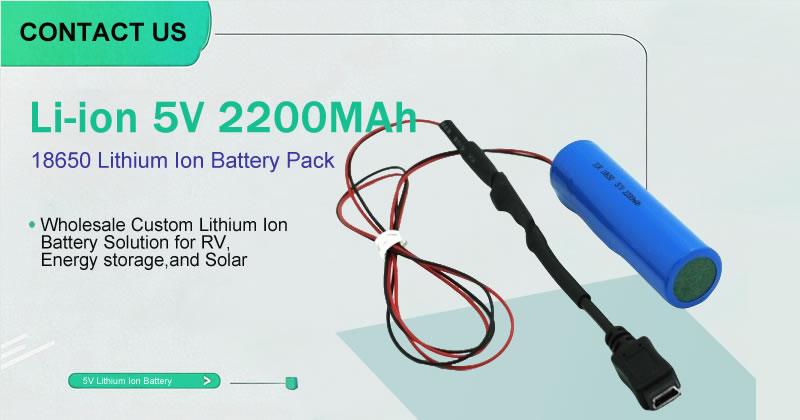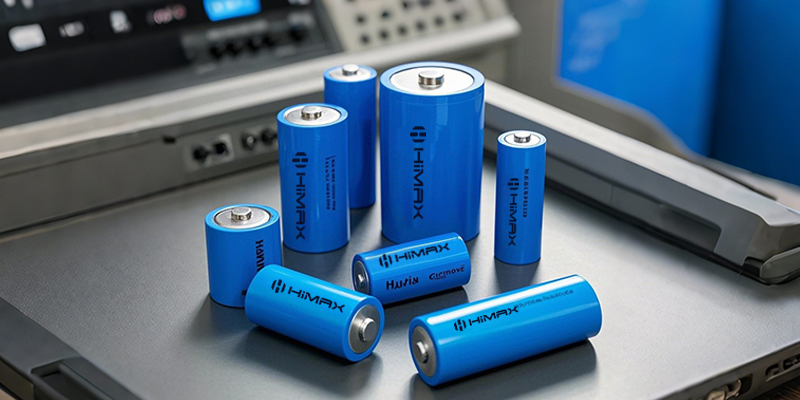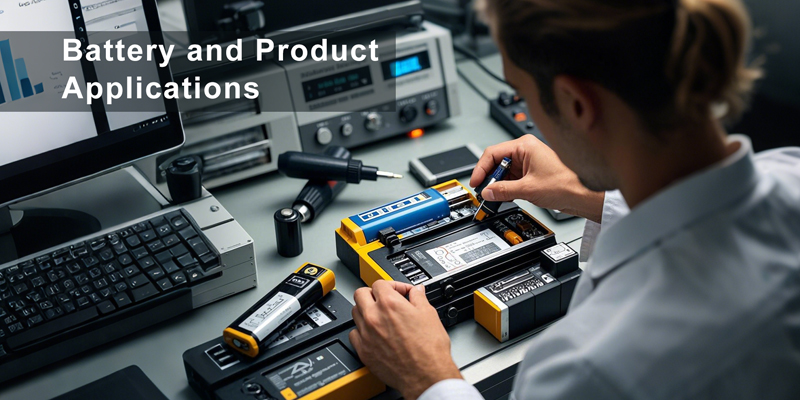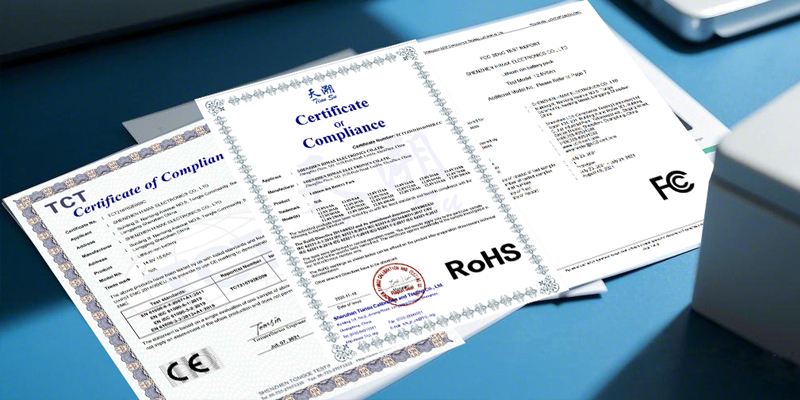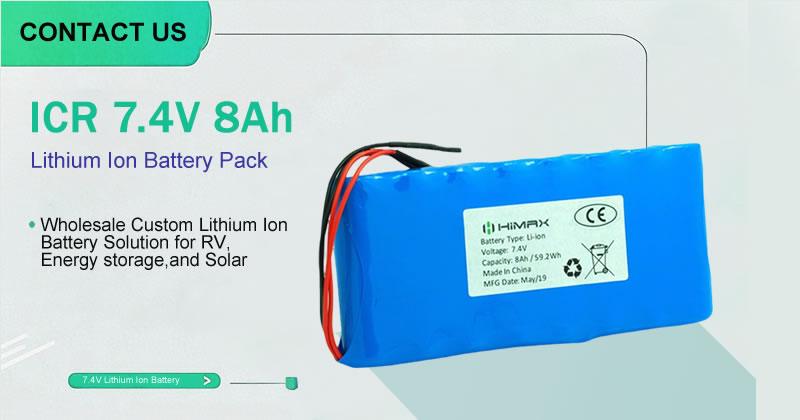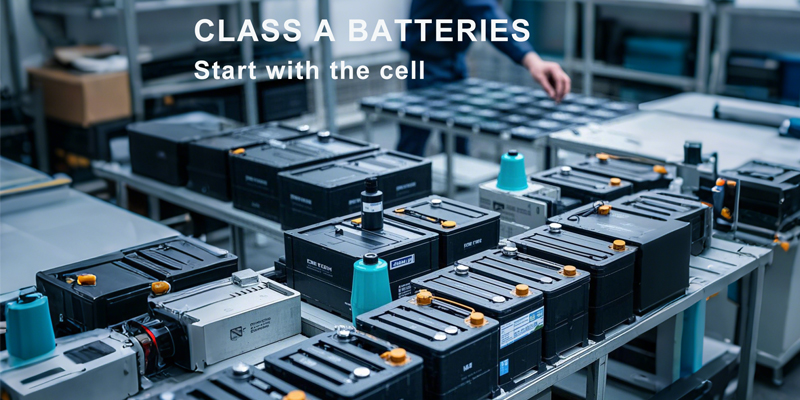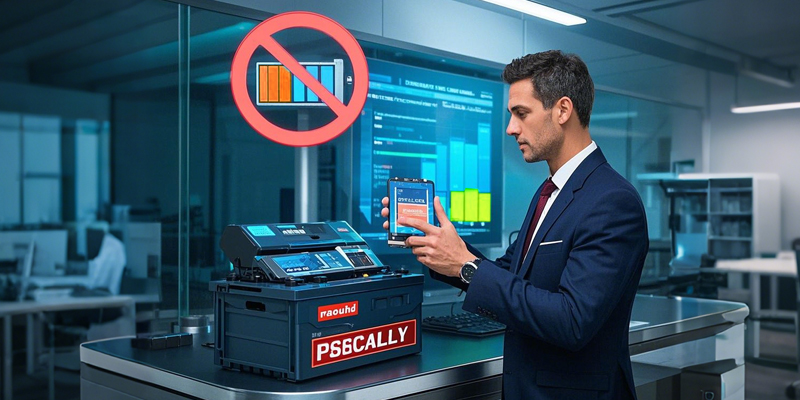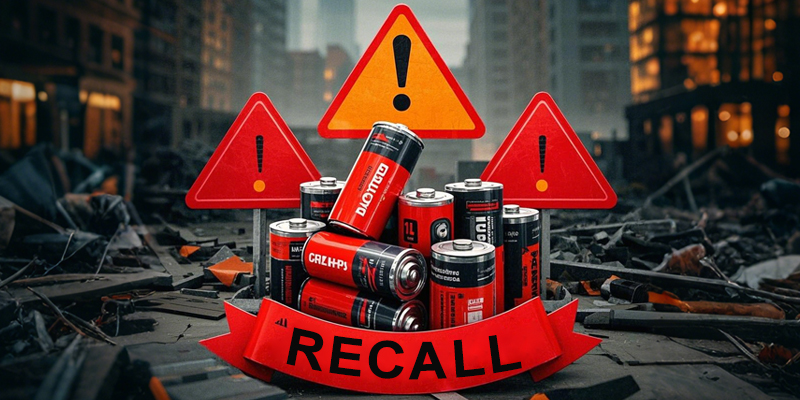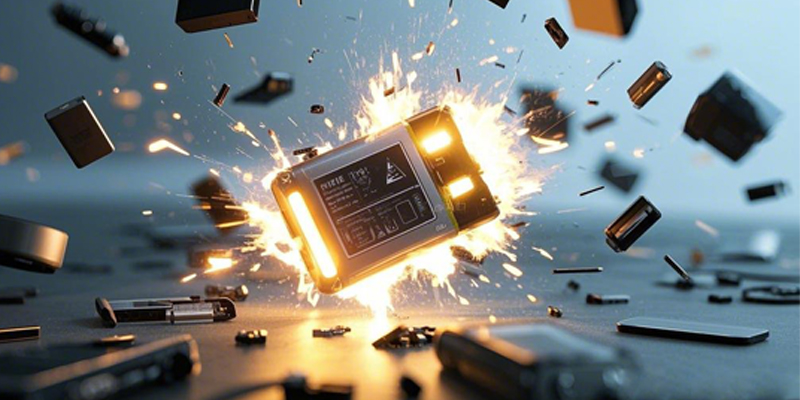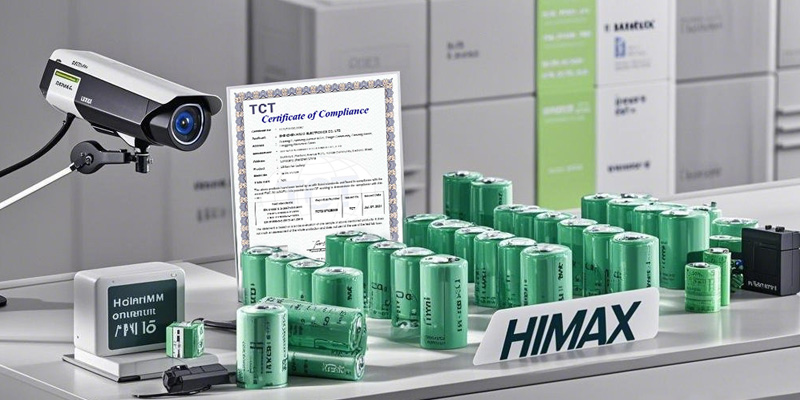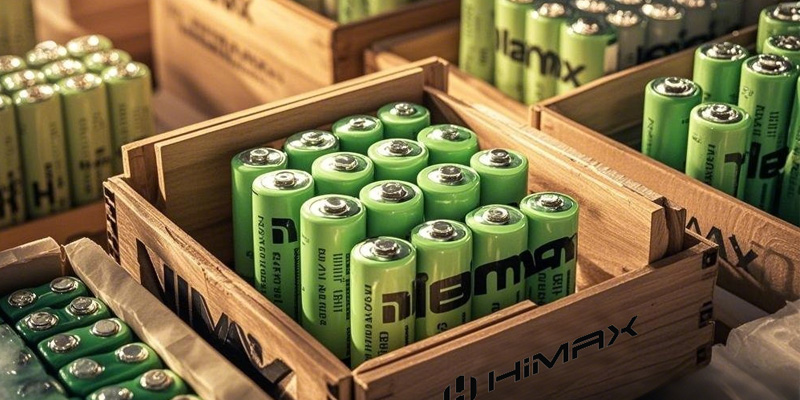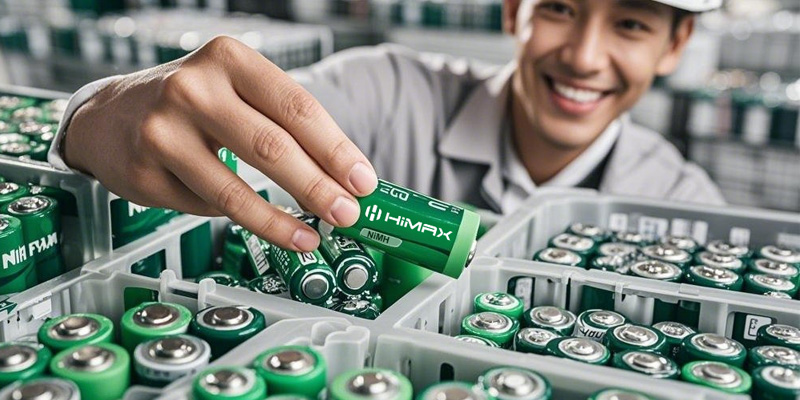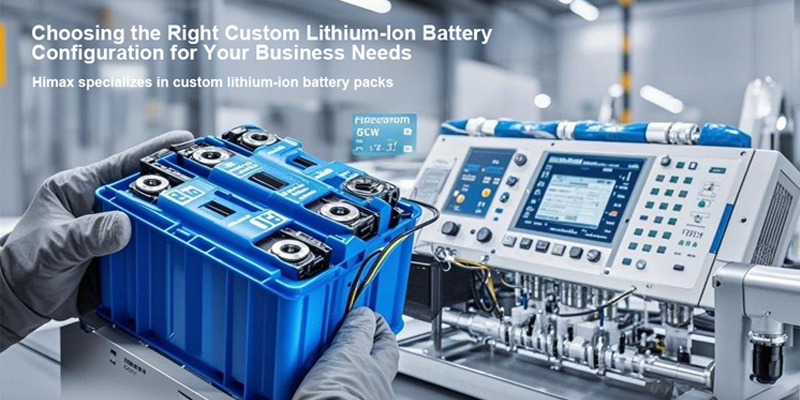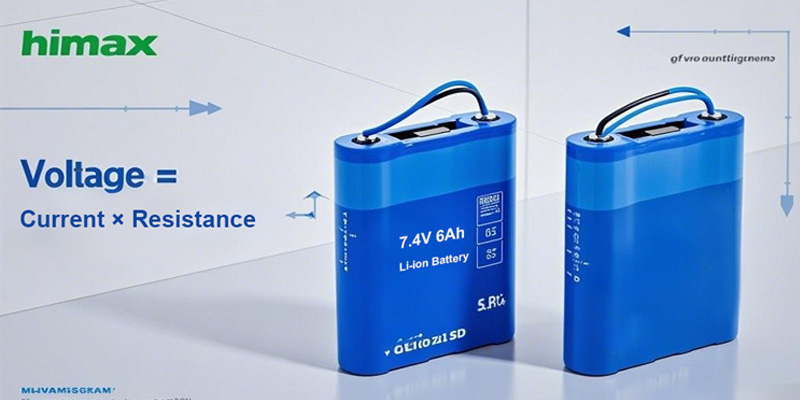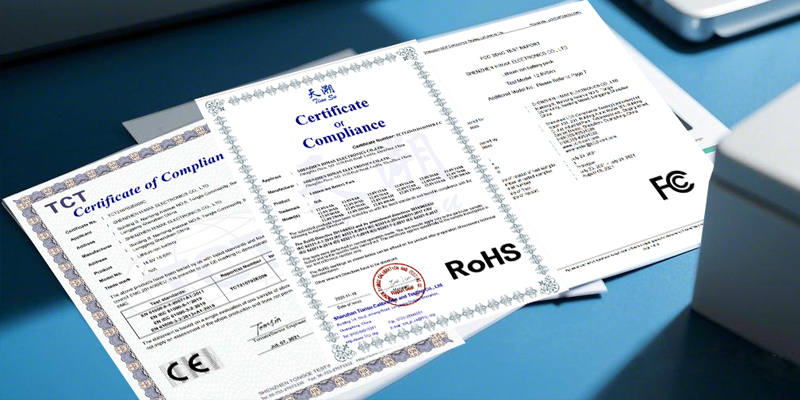
1. The Limitations of Walmart’s Battery Selection for B2B Buyers
While Walmart offers a range of battery options, including some deep cycle and marine batteries, it’s important to understand the limitations for businesses sourcing in bulk:
Retail-Focused, Not Wholesale: Walmart’s product selection is designed with the consumer market in mind, meaning their batteries are typically sold in smaller quantities with a focus on individual consumers, not bulk buyers.
Limited Customization Options: For businesses needing specific battery configurations, custom packaging, or specialized features (such as voltage, capacity, or size), Walmart’s selection is limited. Bulk buyers often have unique requirements that off-the-shelf solutions simply can’t meet.
Higher Prices for Bulk Purchases: Walmart’s retail pricing doesn’t support large-scale orders. For bulk procurement, buying from Walmart is often less cost-effective, especially when compared to wholesale suppliers like Himax, which specialize in bulk sales and offer significant discounts for large quantities.
2. Himax Batteries: The Superior Choice for Bulk Wholesale Orders
Himax has one clear focus—battery manufacturing. Our specialization allows us to provide unbeatable solutions tailored to bulk buyers’ needs, especially when it comes to deep cycle and marine batteries. Here’s why Himax is your go-to source for premium quality batteries at competitive prices:
Customizable Battery Solutions for Every Need
At Himax, we don’t just provide off-the-shelf batteries. We work closely with B2B customers to create customized battery solutions that match specific power requirements. Whether it’s a deep cycle marine battery designed for harsh marine environments or a tailored battery pack for industrial equipment, we have the expertise and flexibility to deliver exactly what you need.
Unmatched Pricing for Bulk Orders
Buying in bulk is all about cost-efficiency, and Himax excels in this area. Our direct-to-manufacturer pricing means you get the best value without the middleman markups found in retail channels like Walmart. When you place a bulk order with us, you’ll benefit from significant discounts on high-quality batteries, making Himax the best choice for your budget.
Superior Quality and Performance
Quality is at the heart of everything we do. Unlike generic battery options found at retail stores, Himax’s batteries are engineered for performance, durability, and reliability. Whether you’re ordering deep-cycle marine batteries or industrial-grade deep-cycle batteries, you can trust Himax to provide batteries that last longer, perform consistently, and offer greater charge cycles.
Our batteries meet strict international standards, including CE, RoHS, and IEC certifications, ensuring you receive products that are safe and reliable for your applications.
3. Why Himax Deep Cycle Marine Batteries Stand Out
Himax specializes in producing high-performance deep-cycle marine batteries designed to handle the demanding needs of marine environments. Here’s why our batteries are the best choice for marine and other heavy-duty applications:
Engineered for Marine Environments
Marine batteries face extreme conditions—constant vibration, temperature fluctuations, and the challenge of providing reliable power for long durations. Himax’s deep cycle marine batteries are designed to handle these challenges, ensuring reliable power even in the most demanding marine conditions.
Longer Lifespan and More Charge Cycles
Our deep cycle marine batteries are built for durability. With more charge cycles than many retail options, our batteries offer long-term value for businesses that rely on dependable power. This means fewer replacements and more consistent performance over time—critical for marine vessels, RVs, and other off-grid applications.
Tailored to Your Specifications
Whether you need batteries for small boats or large commercial vessels, Himax offers a range of customization options to meet your specific power needs. We can adjust voltage, capacity, and configuration to suit your unique requirements, ensuring you get the perfect solution for your application.
4. Himax’s Advantage Over Walmart: Expertise, Support, and Global Reach
At Himax, we pride ourselves on our expertise in battery manufacturing and our ability to deliver premium products with exceptional customer support. Here’s why businesses prefer working with us over large retail chains like Walmart:
A Single Focus—Battery Manufacturing
Unlike Walmart, which sells a wide variety of products, Himax focuses exclusively on batteries. This specialization allows us to dedicate our resources to producing the best quality batteries and providing in-depth expertise for our customers.
Comprehensive Service from Design to Delivery
Himax isn’t just a supplier—we’re a partner. We guide you through every step of the process, from design consultations to bulk order fulfillment. Our team ensures that your order is customized to your exact specifications and delivered on time, whether you’re ordering deep cycle marine batteries or industrial battery packs.
Fast and Reliable Shipping
Himax operates with efficient logistics systems, ensuring on-time delivery for large bulk orders. We work with international shipping partners to get your order where it needs to be, quickly and reliably.
5. Himax’s Commitment to Sustainability
Himax is dedicated to making a positive environmental impact. We manufacture batteries that are not only reliable and durable but also eco-friendly. Our NiMH and LiFePO4 batteries are designed to reduce waste by offering longer lifespans and rechargeability, contributing to a more sustainable future.
We also ensure all of our batteries comply with global safety and environmental standards, such as RoHS and CE certifications.
6. How to Place a Bulk Order with Himax
Ready to experience the Himax difference? Placing a bulk order is simple:
Request a Custom Quote: Contact us for a personalized quote based on your specific battery requirements.
Choose Your Battery Solution: Select from our wide range of deep cycle batteries, marine batteries, and custom battery packs.
Place Your Order: Once you’re satisfied with the quote, place your order and let us take care of the rest.
Receive Your Order: Enjoy fast, reliable delivery directly to your location.
We also offer free samples to ensure our batteries meet your needs before committing to a large order.
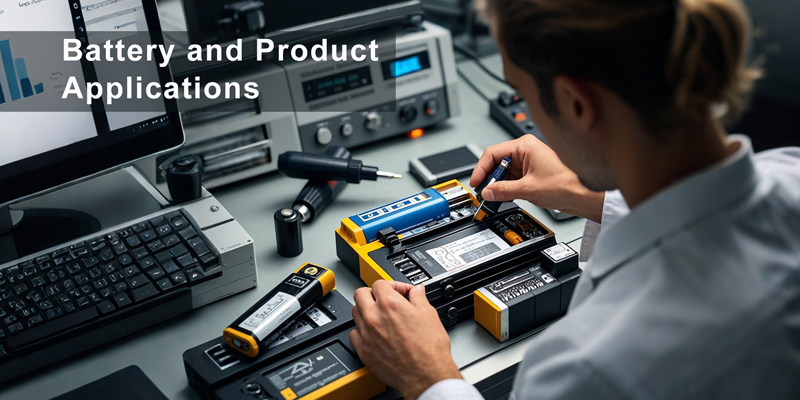
7. Contact Himax to request a free sample
For bulk buyers in search of high-quality, reliable, and cost-effective deep cycle marine batteries or other battery solutions, Himax Batteries is the clear choice. Unlike Walmart’s retail-focused offerings, Himax specializes in tailored, high-performance batteries with customization options and competitive pricing designed to meet the specific needs of businesses and industries.
Contact Himax today to request a quote, get free samples, or discuss your bulk battery needs. Let us help power your business with our high-quality, customizable battery solutions.

